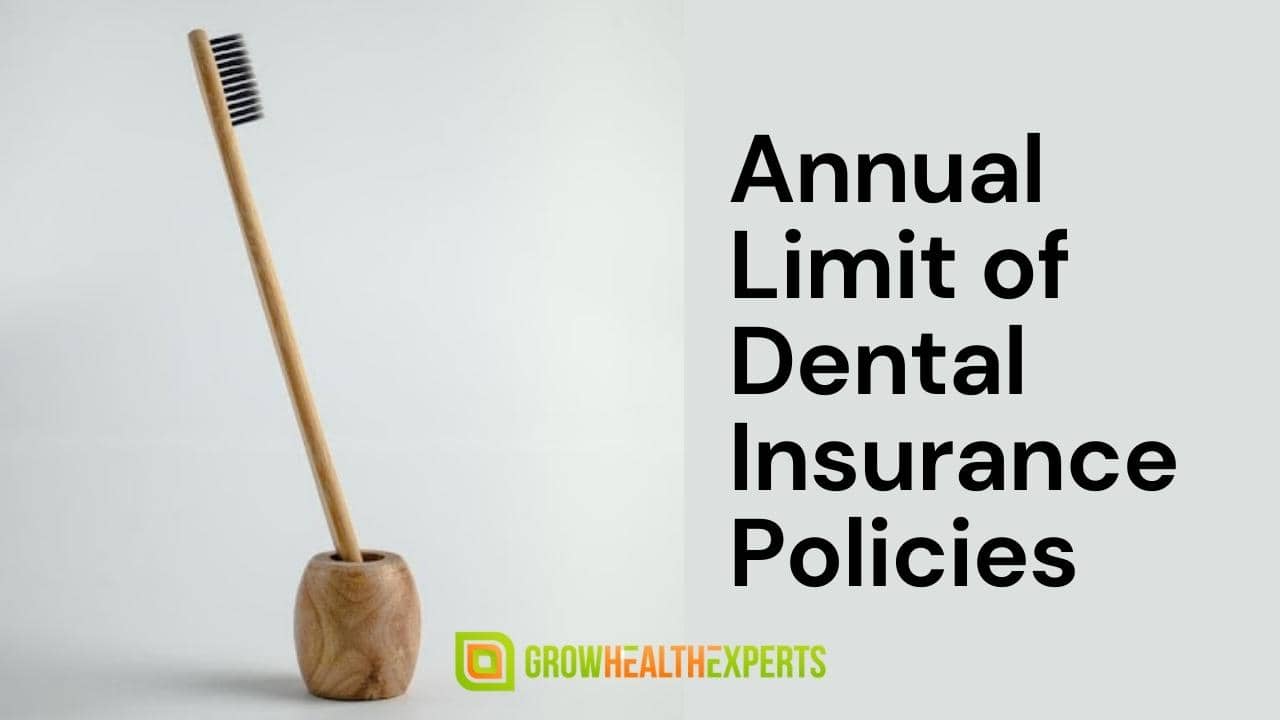Dental insurance coverage in Whittier, CA, means to make oral health maintenance a bit more affordable, enabling people to take better care of their teeth and gums. Unlike complex medical policies, the plans explain in a relatively simple language what procedures are covered and how much will be paid. Insureds can either obtain a stand-alone insurance plan or acquire an arm as part of a medical policy.
Classifying And Paying For Dental Procedures
The dental procedures that most dental insurance policies in Whittier, CA, will cover are placed in three distinct classifications: basic, preventative, and major. In many of the policies, preventive care is usually covered at 100%, with these procedures often including things like the yearly checkups to include x-rays and cleanings.
There will be a deductible for basic procedures, often copays or coinsurance, which will lead to the client’s overall out-of-pocket costs. These treatments will include procedures like root canals, extractions, gum disease, and fillings. Coverage in this category with most plans will often come in around 80% of the charges, with the remainder of the responsibility put to the patient.
The client will need to pay a higher out-of-pocket charge for major visits that include dentures, crowns, inlays, or bridges. The carriers typically offer only 50% coverage in these instances.
It’s important to remember that every insurance carrier will be unique in the treatments they place under each classification. It’s essential to research the policies carefully to see where you’ll receive the most significant benefit.
In some cases, a carrier might deem a root canal a major class instead of a basic, making it a more significant expense for the patient. In a lot of cases, dental implants are not a basic covered expense, but these are a costly procedure for a patient.
It’s wise to look for a plan that will cover these to some extent in case the treatment is necessary down the road. Planning ahead with the policy is beneficial. Go here to learn why some dental claims are denied.
Cosmetic Dental Work
Teeth shaping, whitening, veneers, plus the cosmetic choice of gum contouring are generally not covered expenses with most dental policies since these strictly mean to improve the overall appearance of the teeth without providing any medical benefit. That means the patient will be solely responsible for the price.
Some plans will accommodate braces, but in some cases, there is a significant waiting period causing a delay in treatment or a need to purchase a “rider.”
The waiting period can sometimes be as significant as 12 months+ depending on the policy. That’s pretty standard for restorative work and something you’ll need to pay attention to when selecting a policy. There should be no delay with routine cleanings and checkups.
The Deductible And Patient Out-Of-Pocket Expenses
The insurance carrier deductible is the minimum cost a client needs to meet before the insurance carrier pays any of the charges. In the instance you have a $500 deductible but accumulate perhaps $450 in covered costs, you will owe the entire amount out of pocket until that $500 is met.
A copay is a predetermined amount the insurance company sets that you might be responsible for at the time of the visit. There are cases where the insurance carrier will only cover a certain percentage after the deductible is satisfied. The remaining portion will be your responsibility, and the reference for that balance is “coinsurance.”
That’s often roughly 20% from an 80% covered balance. As a rule, it seems most dental insurance carriers across the board will follow the same coverage scheme, which equals out to “100/80/50” or preventative treatments at 100%, 80% for the basic class, and 50% in the instance of major categories. Find out where you can locate low-cost dental coverage at https://www.hhs.gov/answers/health-insurance-reform/where-can-i-find-low-cost-dental-care/index.html.
Annual Maximums

Medical insurance policies typically cap the out-of-pocket max, while most dental plans will limit the annual coverage amounts, with most of these ranging between $1000 and $2000 annually. Most people will find a high premium will provide a more significant yearly maximum.
Unfortunately, once that maximum is reached, the costs over and above that amount are the patient’s responsibility out-of-pocket at 100%. With most of the major dental treatments being quite costly, especially braces, this leaves patients often avoiding necessary care since they can’t afford the charges or negotiating with the dental provider to arrange a payment plan. Also Read – All You Need to Know About Root Canal Treatment
Final Thought
Before you sign on with a specific dental plan in Whittier, it’s crucial to read all the fine print to ensure the policy will benefit you now and into the future. (At some point, there might be a need for dentures.) No one can be sure what the future might hold. It’s also essential to buy into a plan that works with your specific dentist if that’s the dentist you want to continue seeing.
Some plans are only inclusive of certain dental providers. That means checking with the dentist to learn the ones with which they participate. Following that conversation, a call to the insurance company to understand the out-of-pocket dental expenses for your specific network will let you know the costs you’ll be responsible for relating to the particular treatments you’re receiving each time you go in for a procedure.
As mentioned, generally, preventatives like annual cleanings and x-rays are covered at 100% with no out-of-pocket. When you get into basic or major treatments, there will be deductibles, copays, and possibly coinsurance to consider, plus, most notably, the annual maximum coverage amount. After that, you have to pay everything out-of-pocket.
That can encourage patients to hesitate when attempting to maintain the health of their mouth. But remember, many dental providers in Whittier, CA, will work with patients to ensure they get the care they need, whether through payment options or other arrangements. Don’t resist checking with your provider before choosing to neglect your treatment.

